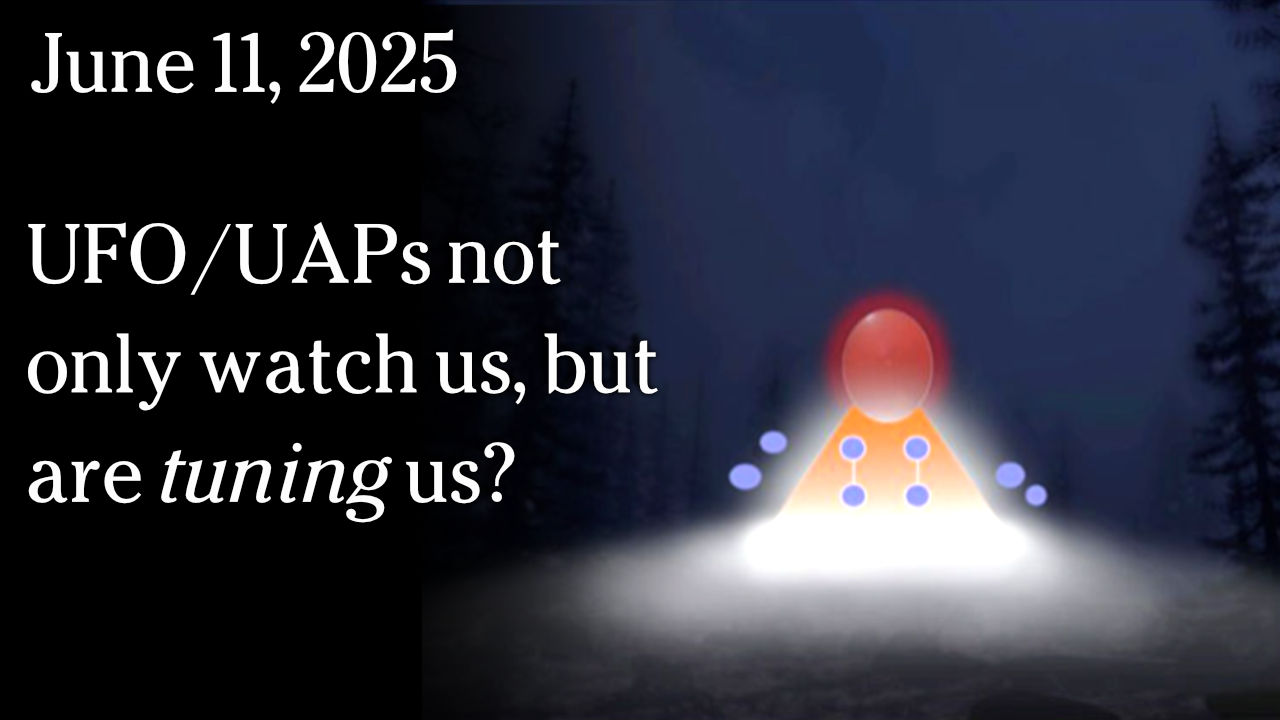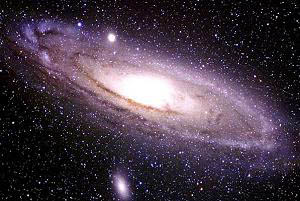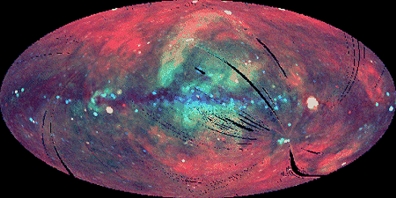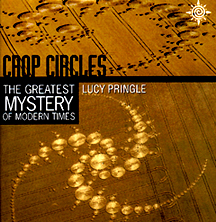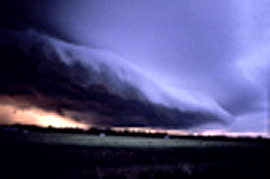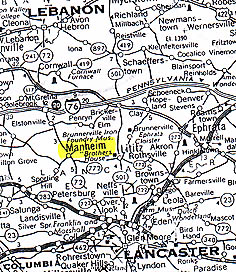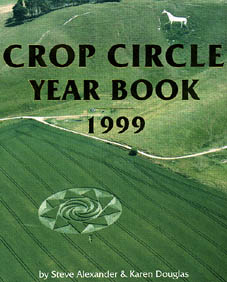February 5, 2000 Christ Church, New Zealand - Since my January 30th radio and Earthfiles reports about the microwave research of Neil Cherry, Ph.D., Biophysicist at Lincoln University in Christ Church, New Zealand, I have received many questions from viewers and listeners. Dr. Cherry considers the proliferation of cell phones, microwave towers and microwave pollution to be a serious contributor to cancer, brain tumors and increasing neurological problems among the human population. Several thousand more microwave towers are expected to be built in the United States in the next few years. The following are a series of audience questions and Dr. Cherry's responses this week.
Click here to subscribe and get instant access to read this report.
Click here to check your existing subscription status.
Existing members, login below:



